
Vacation-Ready? 16 Easy Ways to Keep Your Home Safe While You’re Away
While it’s great to get away every once and a while, going on vacation can leave your home vulnerable. Will it be safe without you?

While it’s great to get away every once and a while, going on vacation can leave your home vulnerable. Will it be safe without you?
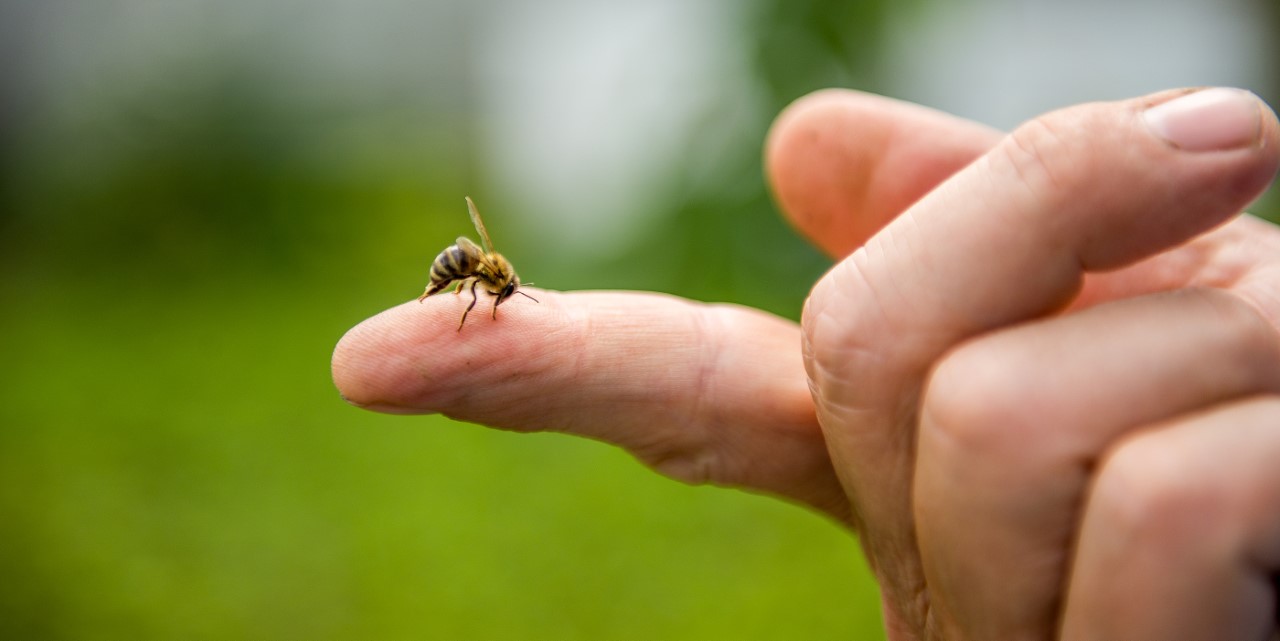
“Every man for himself!” is the battle cry of one of our VP’s sisters when it comes to bees. If you’ve ever been stung by
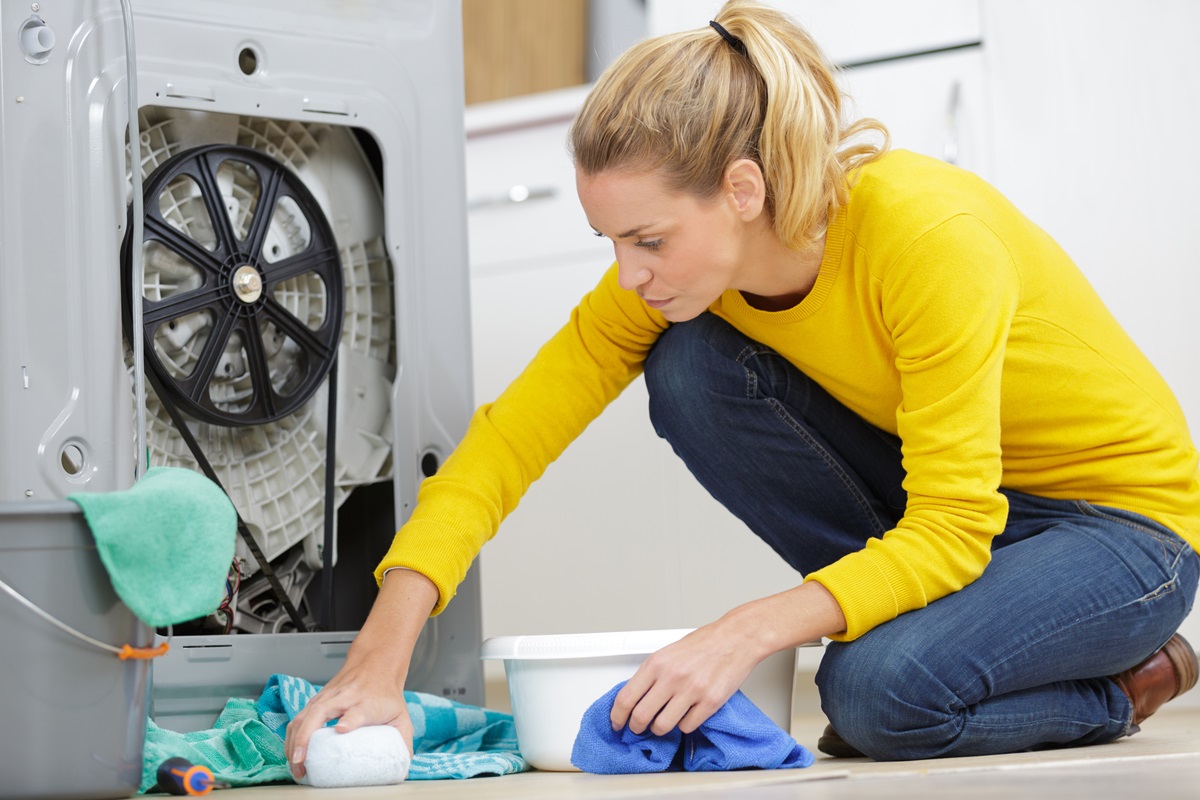
Last year was a record-breaking year for recalls. More than 1 billion units of food, drugs, medical devices, automobiles, and consumer products were recalled in
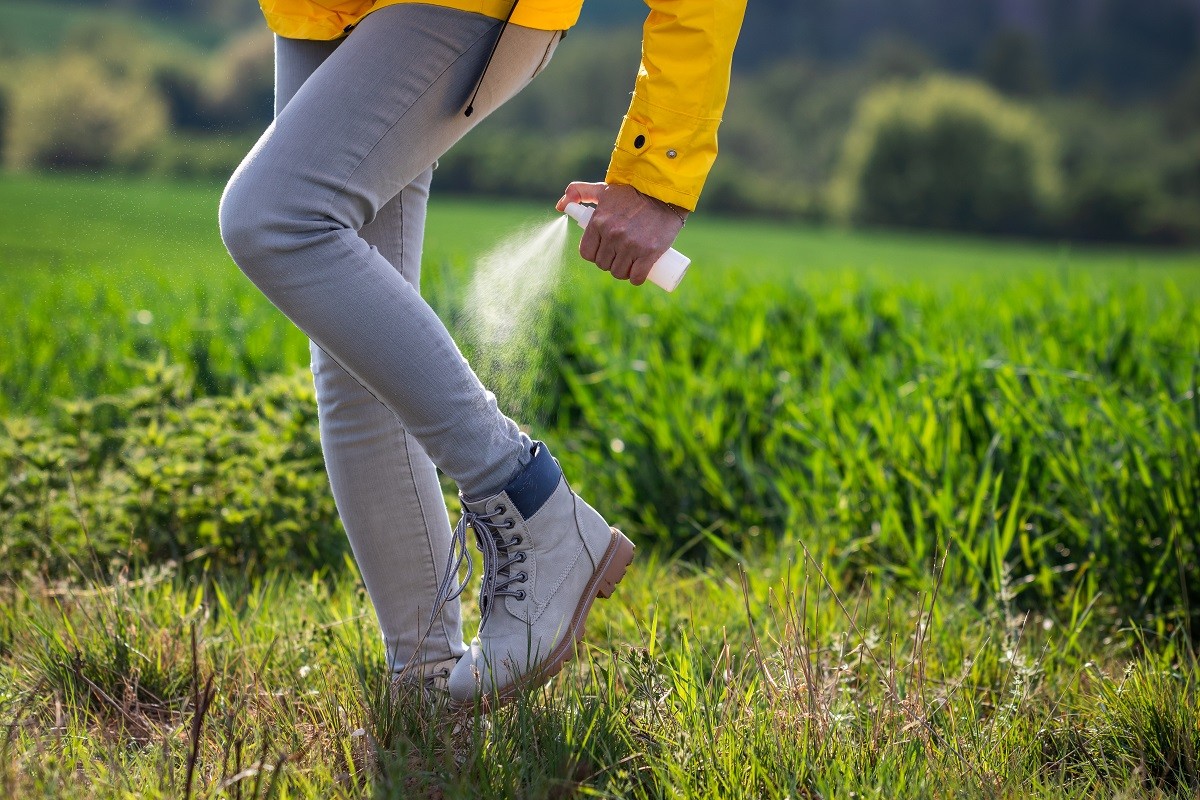
Ticks, bedbugs and squirrels – oh, my! And those are just three of the pests that look for a way inside your home. To find

Here in the U.S., we have some of the safest drinking water in the world, but unfortunately, not everything that comes out of your tap

By Laurie Smith, vipHome.App Brand Ambassador Home has a deep meaning for many of us. It’s where we have raised our families, shared memories, survived

Hurricane season is back! That means you can expect power outages, storm surges, and other perilous problems, now through November 30. An unprepared homeowner can
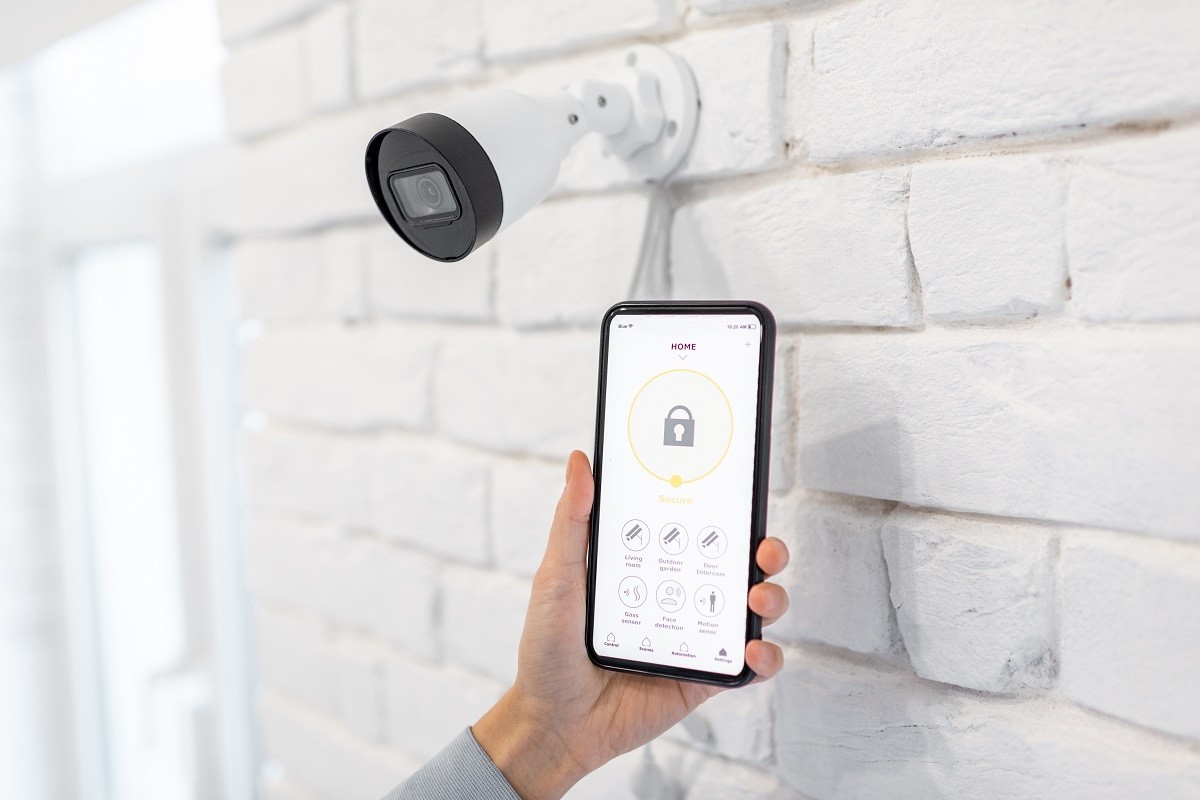
Even in the safest neighborhoods, you can still find a broken window. So how can you keep your home as safe as can be and
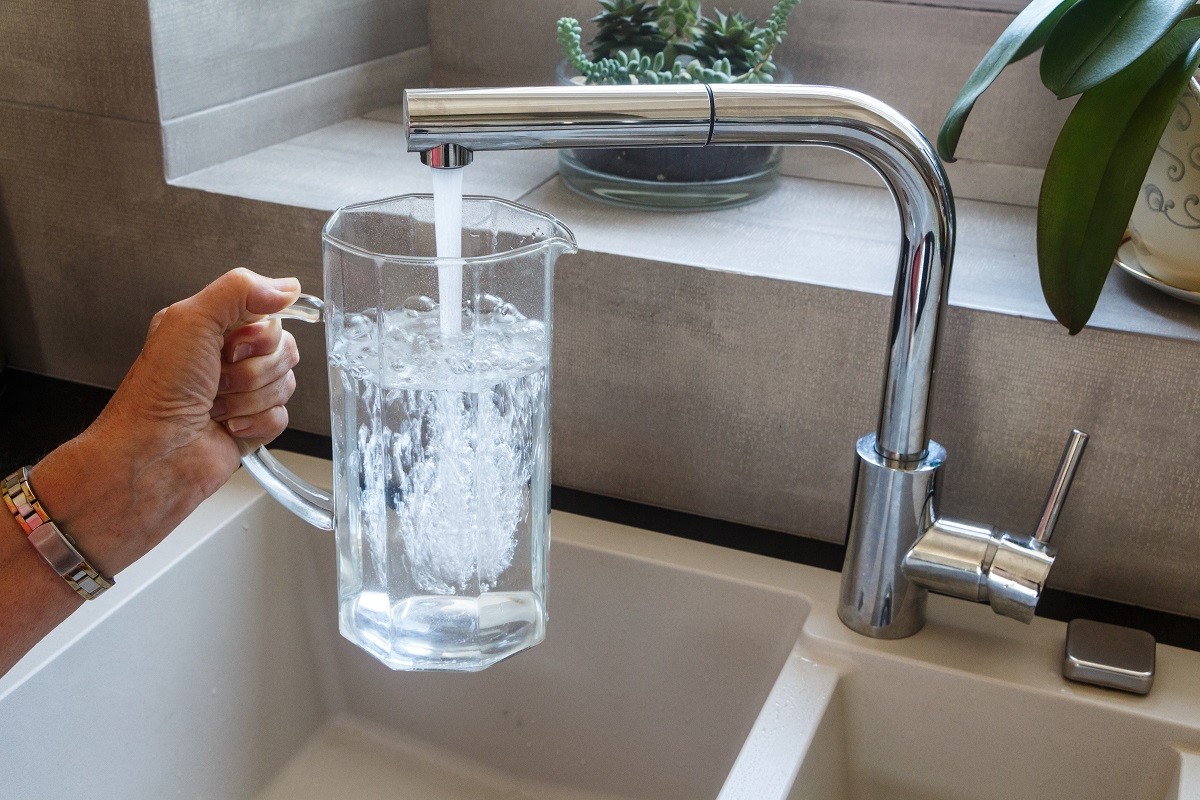
According to the U.S. Geological Survey, more than 43 million people – or 15 million homes – rely upon private household wells for drinking water, but is

See something in the corner of your eye from time to time? Things flying through the air? Think you’re living in a haunted home? We’ll help
Copyright 2025 vipHomeLink Holdings, Inc. – All Rights Reserved | Patents Pending